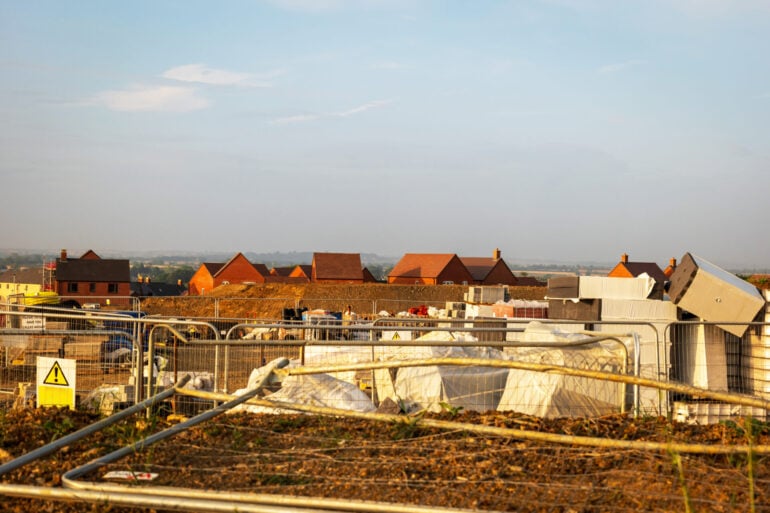Homes England recorded 38,308 houses started on site and 36,872 new homes completed between 1st April 2024 and 31st March 2025.
This was a 5% rise in starts and a 12% rise in completions compared to the previous year.
Of these starts, 30,087 were for affordable homes, up by 0.6% and making up 79% of the total.
There were 5,680 for social rent, a 43% increase.
Intermediate affordable housing schemes, including shared ownership and rent to buy, saw 2,800 starts, down 27%.
There were 2,665 for affordable rent, down 18%.
The tenure was still to be confirmed for 18,942 homes, a 1% rise on the previous year.
The Affordable Homes Programme 2021 to 2026 delivered 96% of the affordable housing starts, up from 74%.
The shared ownership and affordable housing programme 2016 to 2021 closed to new business and finished delivering housing starts in March 2024.
Over its lifetime, it delivered 136,169 affordable starts on site, above its 130,000 target. It is due to finish completions by March 2026.
There were 28,370 affordable homes completed, up 15% and representing 77% of all completions.
Of the affordable homes completed, 10,755 were for affordable rent, a 15% increase.
There were 11,883 for intermediate affordable housing schemes, up 13%, and 5,732 for social rent, up 33%.
Eamonn Boylan, CEO at Homes England, said: “The statistics published today demonstrate the commitment and determination of the sector to build the new homes and communities the country needs.
“It also shows the importance of programmes like the Affordable Homes Programme (AHP) to enable the delivery of these much-needed homes — and comes hot on the heels of the government committing a further £39 billion in funding to affordable homes over a 10 year period, giving confidence and certainty to the sector.
“We’ll be working closely with the government on the operationalisation of this funding over the coming months, alongside other new initiatives such as the creation of the National Housing Bank, while continuing to work closely with local leaders to understand local needs, and providers to ensure they have the support to meet that need.”




